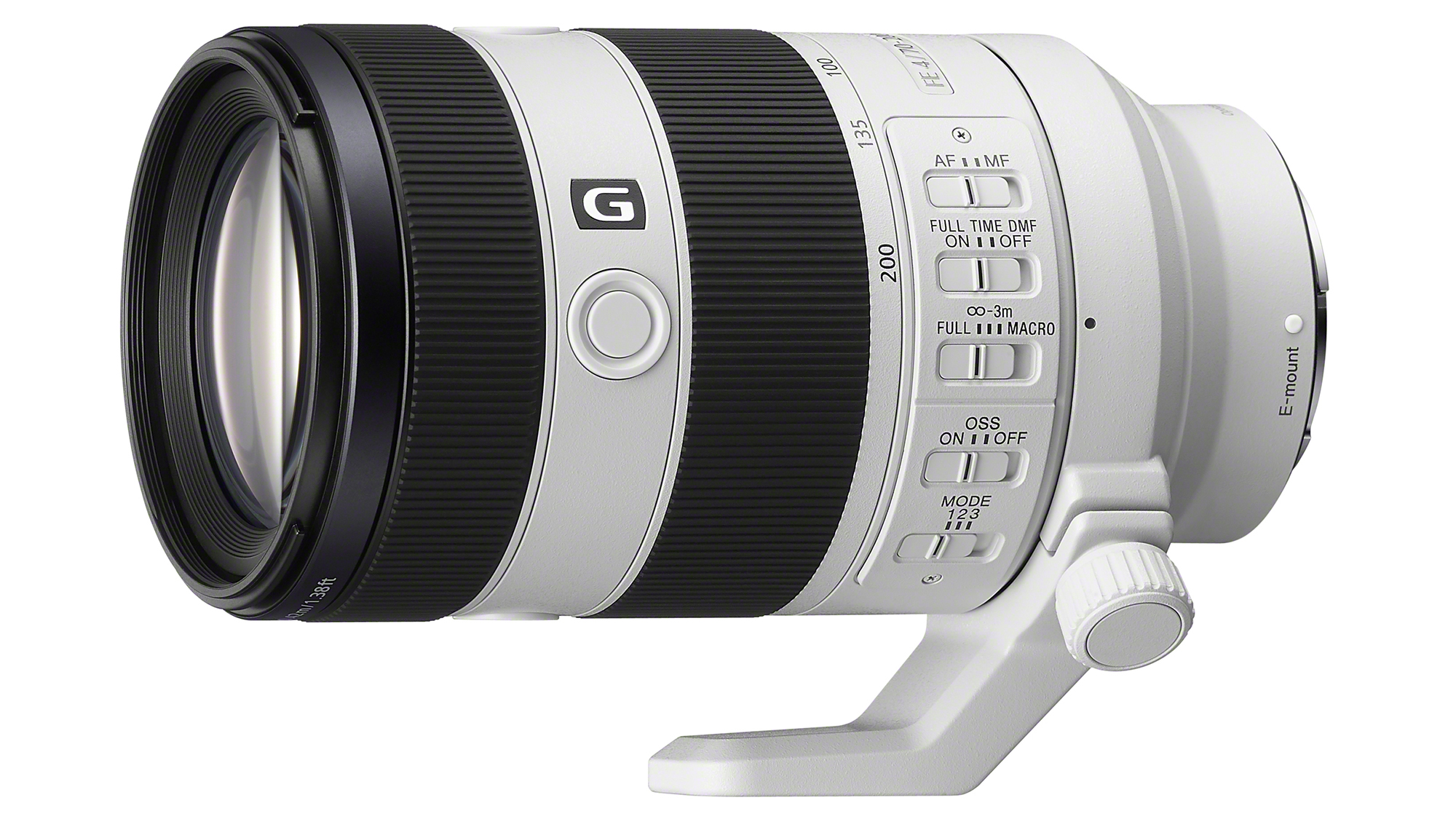Smaller, faster, closer: Sony’s new 70-200mm F4 G II lens blows first-gen model out the water
A total redesign unleashes incredible macro capabilities

Sony has been committed to its mirrorless camera system for so long now that it’s launching second-generation lenses, and the latest is the camera giant’s 50th full-frame lens, the Sony FE 70-200mm F4 G OSS II.
This is no mere refresh of the (almost) 10-year-old Sony FE 70-200mm f/4 G OSS stalwart, but a complete redesign and comprehensive update. Stand-out improvements include its physically smaller body, next-level macro focusing, and what Sony claims is quicker autofocus and sharper image quality. It could be one of the best Sony lenses ever, so let’s take a look at how this second-gen model has evolved.
Incredible close focusing
Professional mid-telephoto zoom lenses are usually associated with events and sports, and not macro, but the Sony FE 70-200mm F4 G II breaks new ground. Its close focusing is much improved for what Sony claims is a world-first; a constant 0.5x magnification capability at any focal length.
Our macro lens explainer unpacks the terminology in greater depth, but 0.5x magnification renders subjects at half-life size on, in this case, Sony’s full-frame image sensor measuring 36x24mm. Here it’s achieved with a minimum focus distance of 0.26m / 0.86 ft at 70mm, and 0.42m / 1.38ft at 200mm.
The 70-200mm F4 II lens is also compatible with Sony’s 1.4x and 2x teleconverters, and if you pair it with the latter that max magnification is doubled to 1.0x, which is life-size. The first-gen model is no way near as versatile for close-up photography, nor in fact, is any other lens in this category.

A redesigned compact body
The exterior of the lens is unmistakably pro-level Sony, and fairly complex, packing no fewer than five switches covering functions such as a focus range limiter (including a new macro setting), full-time direct manual focus, and SteadyShot optical stabilization.
But this is also a lens that is 15% smaller and lighter than the original version. It weighs 794g / 28.1 oz, and measures 149mm / 5.8in long, making it an ever better fit with Sony’s typically compact mirrorless Alpha cameras. And when you compare its size against Sony’s more heavy duty FE 70-200mm f/2.8 GM OSS II, the two are in different leagues – you have to really want that extra stop of light that the f/2.8 version brings.
Sign up for breaking news, reviews, opinion, top tech deals, and more.
Sadly, the lens barrel extends as you adjust the zoom rather than focusing internally, but Sony says that this type of design was necessary in order to create such a compact lens – clearly there’s a travel-friendly ethos here. The saving grace is a zoom-lock switch that prevents the lens barrel from extending while you’re on the move.

Faster operator
Another factor that has kept the size of the lens down and also in turn improved focusing speed, is the use of Sony’s new linear XD focusing technology. It comprises four ‘high-thrust’ focus motors to increase autofocus tracking precision, even while zooming, and ultimately achieves what Sony claims is 20% faster focusing than in the 2014 version.
The lens’ optical construction is decorated with an array of advanced aspherical and extra-low dispersion elements that suppress lens distortion and reveal sharpness, while a 9-blade aperture mechanism produces what Sony describes as ‘exquisite full-frame bokeh’.
It all makes for very impressive reading, and the new compact and versatile zoom lens makes a lot of sense in Sony’s full-frame mirrorless camera ecosystem, even if it is pretty steep at $1,699 / £1,750. We’ve currently got our hands on the lens, so do look out for our full review coming soon.

Tim is the Cameras editor at TechRadar. He has enjoyed more than 15 years in the photo video industry with most of those in the world of tech journalism. During his time as Deputy Technical Editor with Amateur Photographer, as a freelancer and consequently editor at Tech Radar, Tim has developed a deeply technical knowledge and practical experience with cameras, educating others through news, reviews and features. He’s also worked in video production for Studio 44 with clients including Canon, and volunteers his spare time to consult a non-profit, diverse stories team based in Nairobi. Tim is curious, a keen creative, avid footballer and runner, and moderate flat white drinker who has lived in Kenya and believes we have much to enjoy and learn from each other.